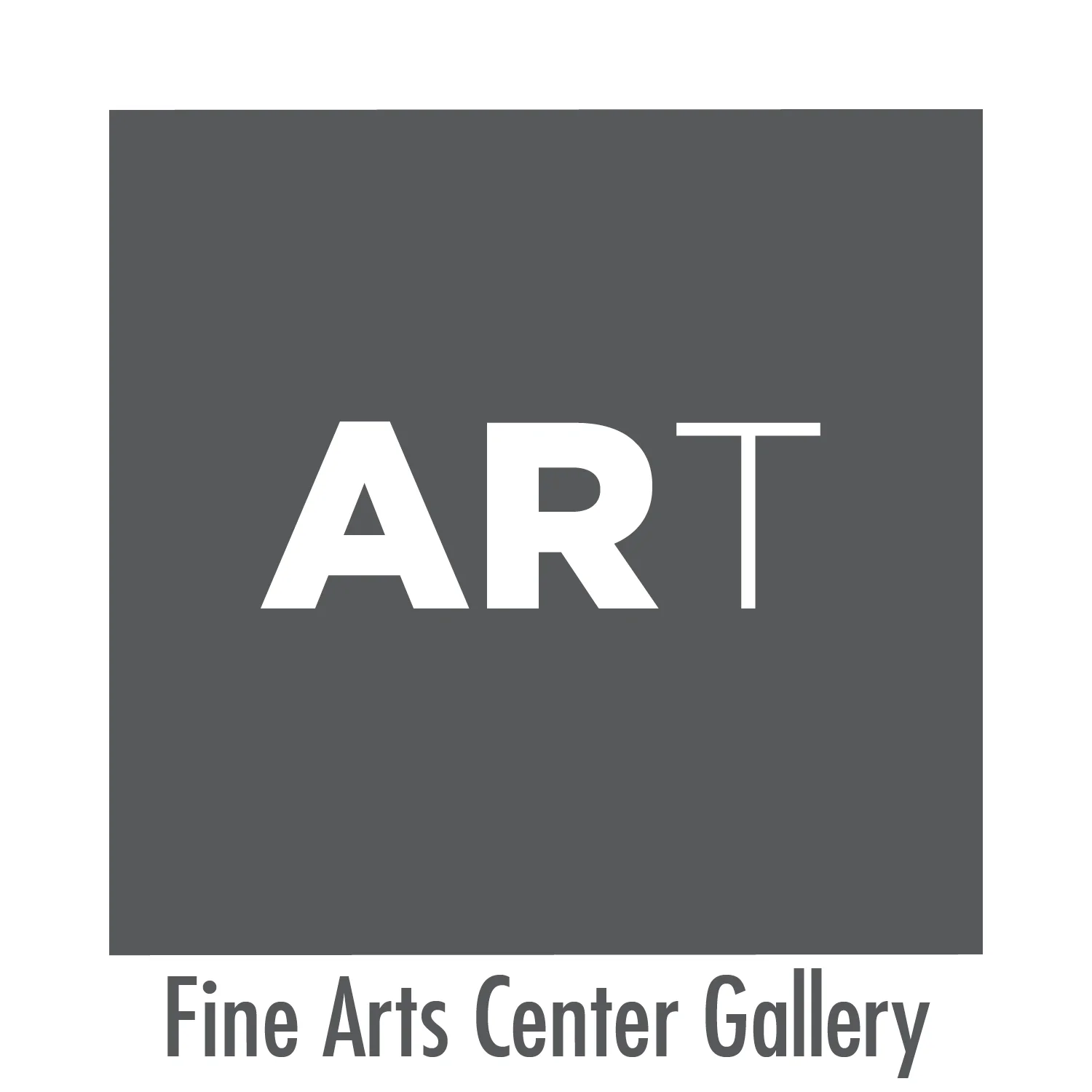Gallery Mission
Dedicated to serving the University of Arkansas community, as well as the Northwest Arkansas public, the Fine Art Center Gallery is a non-profit gallery geared towards an interdisciplinary interpretation of art and culture. As an extension of a large research and teaching institution, The Fine Art Center Gallery is an incubator for stimulating critical thought and the appreciation for works of art, chiefly in the 20th and 21st century.
Gallery Staff
Marc Mitchell / Curator & Director of Exhibitions
Maryamsadat Amirvaghefi / Assistant Director
Jonathan Virgina Green / Graduate Gallery Assistant
Taylor Loftin / Graduate Gallery Assistant
Fernando Mota / Gallery Assistan
Mackenzie Patureau/ Gallery Assistant
Jaylen Snook / Gallery Assistant
It is the policy of the FNAR Gallery, as well as the University of Arkansas to provide equal access and opportunity to qualified persons with disabilities in compliance with Section 503 and 504 of the Rehabilitation Act of 1973, as amended; the Americans with Disabilities Act (ADA) of 1990; and the ADA Amendments Act (ADAAA) of 2008. The University prohibits discrimination based on disability in all services, programs and activities, aspects of the application process and employment relationship. The University will make good faith efforts to provide reasonable accommodations to applicants, employees, students, visitors, and participants in programs and services. If you are visiting the FNAR Gallery and would like the University to provide accommodations, please visit the link below and complete the necessary forms:
https://uarkf-gme-advocate.symplicity.com/care_report/index.php/pid555198?
Fine Arts Center History
The Fine Arts Center was designed by the noted architect Edward Durell Stone, an Arkansas native. Opened in 1951, it was one of the first educational facilities in the country to combine the Fine Arts under one roof. Initially the Departments of Art, Architecture and Music shared the classroom wing of the building, while the Fine Arts Gallery occupied the space between the University Theatre and Concert Hall on the first floor.
Stone, with his typical enthusiasm in undertaking a project, designated original furniture pieces to be designed for the building as well as a series of eight mobiles by the inventor of the medium, internationally renowned sculptor Alexander Calder. Stone, who was friends with Calder, tried to include the artist’s work in all public and many private commissions as well. The Calder mobiles were intended to hang under a unique “mesh ceiling” in the Concert Hall, above wall sconces at either side of the room. They were designated as “light fixtures” to make sure that they were not excluded as an “alternate deductible” in the project.
Several unique furniture pieces were designed for the project as well. Stone himself designed what has come to be called the “plough-back” chairs and chaise lounges. The chair was built by Fulbright Industries in Fayetteville, owned by the family of Arkansas Senator J.W. Fulbright, after whom the Fulbright College of Arts and Sciences is named. They were in the business of building farm inplements, and so with a slight re-tooling of the plough machines, they built the structure of the chairs and lounges. The Gibson family, also from the area, caned the pieces in oak slats.
